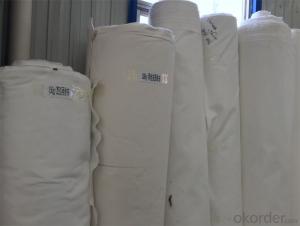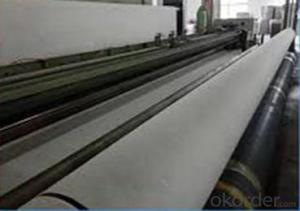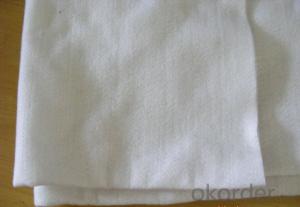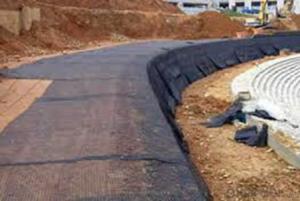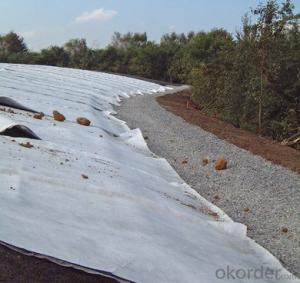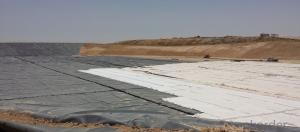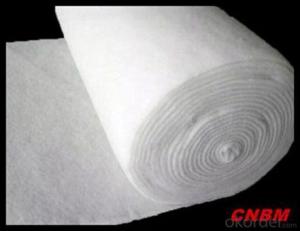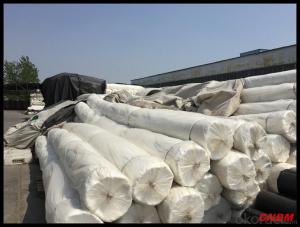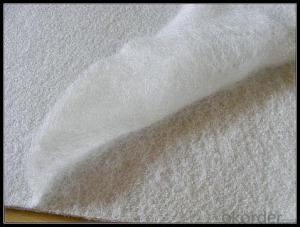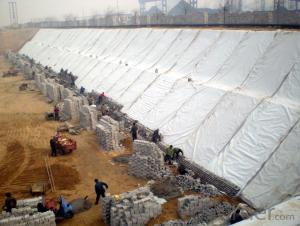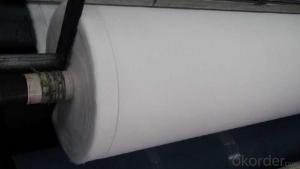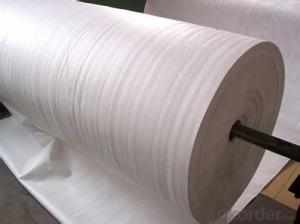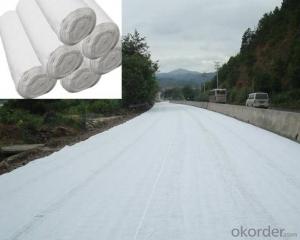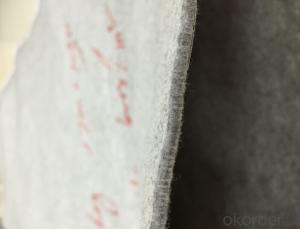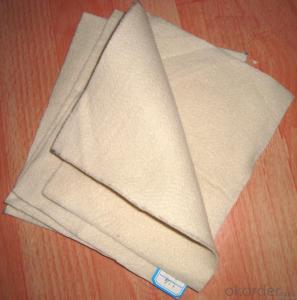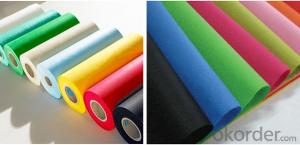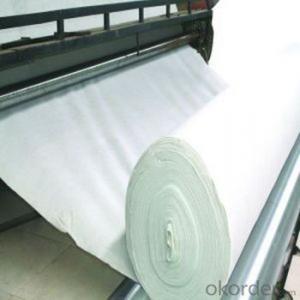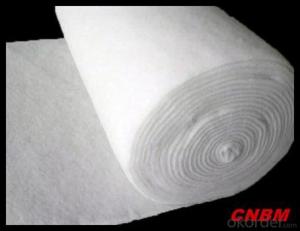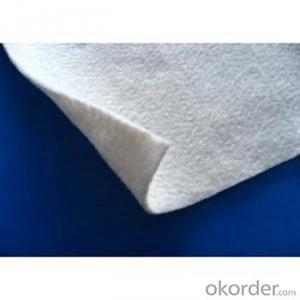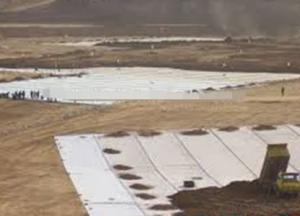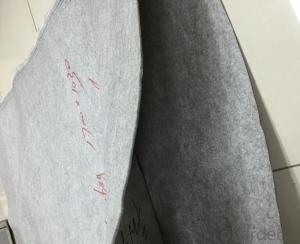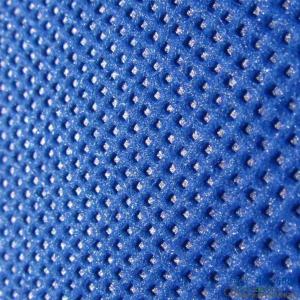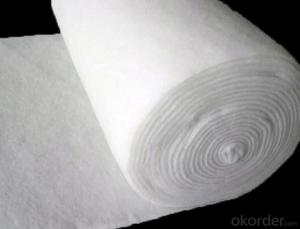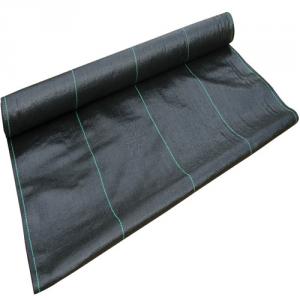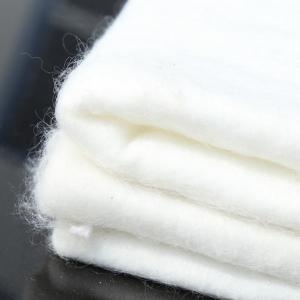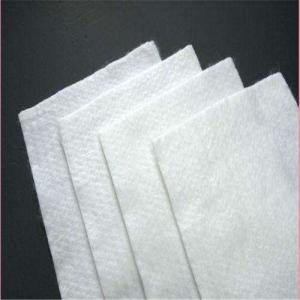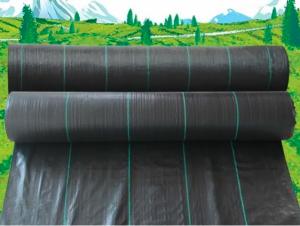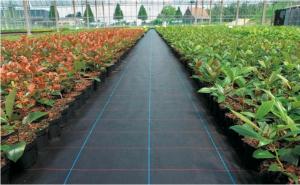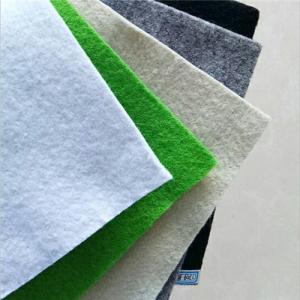Non Woven Needle Punched Geotextile
Non Woven Needle Punched Geotextile Related Searches
Hot Searches
Bidim Geotextile Price Geotextile Membrane Suppliers Non Woven Geotextile Fabric CostNon Woven Needle Punched Geotextile Supplier & Manufacturer from China
Okorder.com is a professional Non Woven Needle Punched Geotextile supplier & manufacturer, offers integrated one-stop services including real-time quoting and online cargo tracking. We are funded by CNBM Group, a Fortune 500 enterprise and the largest Non Woven Needle Punched Geotextile firm in China.Hot Products
FAQ
- Geotextiles improve the performance of coastal structures by providing erosion control, stabilizing soil, and enhancing drainage. They act as a barrier against wave and current forces, reducing the impact on the structures. Additionally, geotextiles prevent soil erosion, maintain structural integrity, and help with sediment filtration, ultimately extending the lifespan of coastal structures.
- Geotextile laying should be beyond the edge of how to set the number of specific requirements? Which specification is more detailed
- Can be more than 1 meter or so, I am specializing in the production of geotechnical materials, wish smooth
- Geotextiles help with soil stabilization by acting as a physical barrier that prevents soil erosion and the displacement of soil particles. They provide support to the soil, distribute load stresses, and improve the overall stability of the ground. Additionally, geotextiles promote water drainage and filtration while preventing the loss of fine soil particles, thereby enhancing soil quality and preventing erosion-induced damage.
- Geotextiles contribute to green building certifications by providing sustainable and environmentally friendly solutions. They can be used in various applications such as erosion control, stormwater management, and soil stabilization. By utilizing geotextiles, green building projects can achieve high performance in areas like water efficiency, site selection, and construction waste reduction. Additionally, geotextiles promote the use of recycled materials, reduce the need for harmful chemicals, and enhance energy efficiency, all of which are key factors in obtaining green building certifications.
- Geotextiles aid in the reduction of pore water pressure by providing a barrier that allows water to flow through while preventing the migration of fine particles. This allows for efficient drainage, preventing the build-up of excess pore water pressure within the soil or ground, ultimately reducing the risk of soil liquefaction or instability.
- Characteristics of filament geotextile
- It can replace the traditional engineering materials and construction methods, construction safer, and contribute to environmental protection, can be more economical, effective and lasting solution to the basic problems in the construction. Filament geotextile has good mechanical function, good water permeability, and can be anti-corrosion, anti-aging, with isolation, filtration, drainage, protection, stability, reinforcement and other functions, to adapt to uneven grass-roots, Damage, creep small, long-term load can still maintain the original function. Filament geotextile characteristics: strength - the same weight under the specifications, the tensile strength are higher than other acupuncture non-woven fabrics; anti-ultraviolet light - with high UV resistance; high temperature resistance - resistance High temperature up to 230 ℃, high temperature remains structural integrity and the original physical properties; permeability and flat drainage - geotextile thick and is needle-shaped, with good surface drainage and vertical permeability, years later Can maintain this performance; creep resistance - geotextile creep resistance is better than other geotextiles, so long effect is good. It can resist the erosion of common chemical substances in soil and resistance to gasoline, diesel and other corrosion; ductility - geotextile under a certain stress has a good elongation, so that it can adapt to uneven irregular base; Cloth technical features: thick geotextile, geotextile can guarantee the three-dimensional porosity, is conducive to the realization of excellent hydraulic performance. Geotextile break strength has a great advantage, especially for retaining walls and embankment reinforcement. Geotextile indicators are more than the national standard, is an excellent geotextile reinforced materials.
- There are several disadvantages of using geotextiles. Firstly, geotextiles can be quite expensive compared to other types of erosion control or soil stabilization methods. Additionally, they may require professional installation, which can add to the overall cost. Secondly, geotextiles are not a permanent solution and may degrade over time due to weather conditions and UV exposure. This can lead to the need for frequent replacements, resulting in additional expenses. Lastly, geotextiles may not be suitable for all soil types or project requirements, as they have limitations in terms of load-bearing capacity and effectiveness in certain applications.
- Yes, geotextiles are commonly used in landfills for leachate collection. They play a crucial role in containing and filtering leachate, preventing its migration into surrounding soil and water bodies. Geotextiles provide a permeable barrier that allows leachate to drain while retaining solid waste, ensuring effective management of landfill leachate.
